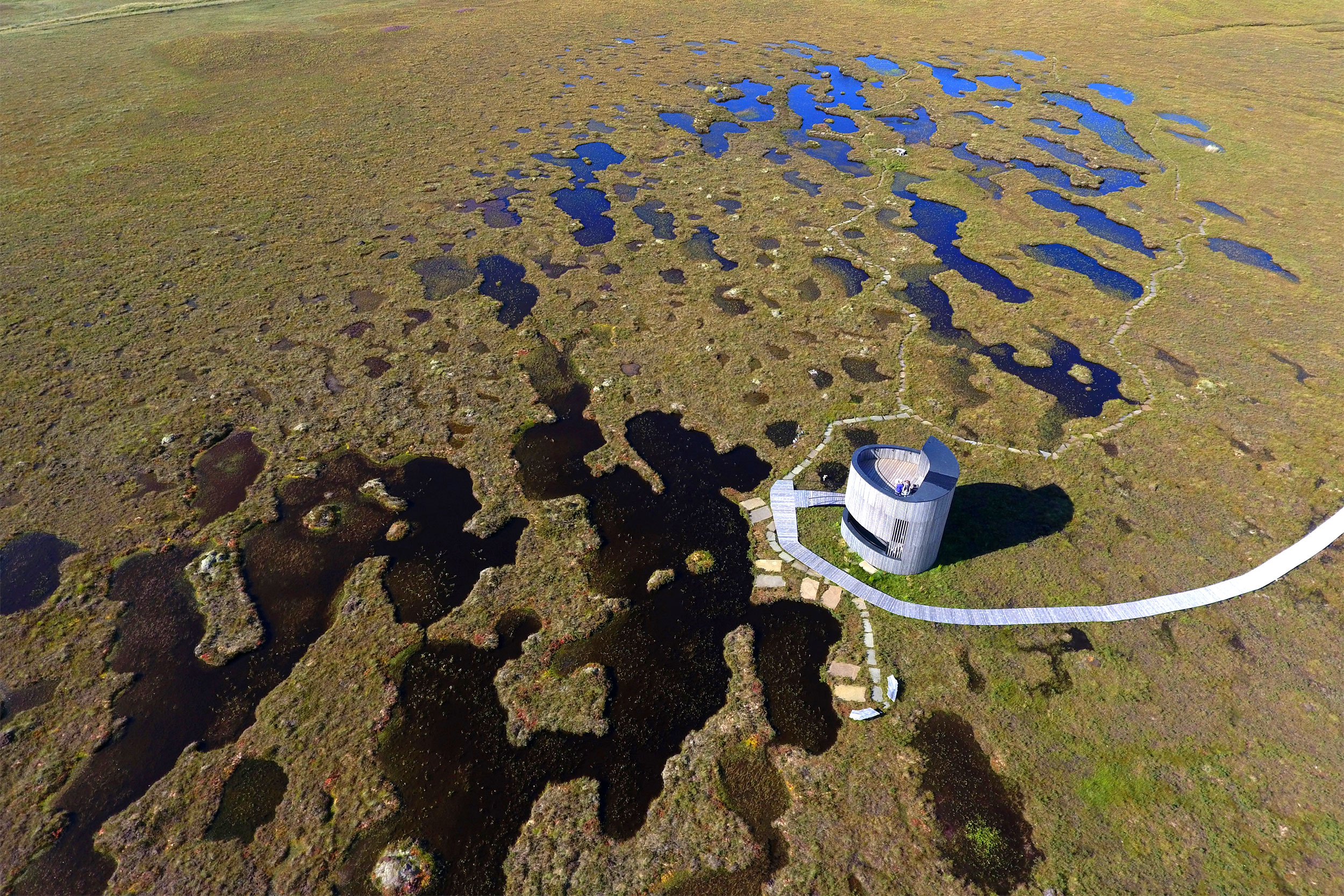Forsinard Flows is one of the largest areas of blanket bog in the world. Layers of peat lock in and store over half of the UK’s carbon. In Scotland’s Flow Country, that equates to 400 million tonnes: more than three times that stored in Britain’s woodlands. As a nature-based solution, peatlands are a critical defence against climate change. Degraded and damaged peat bogs do the very opposite, releasing vast amounts of carbon dioxide.
Restoration work at Forsinard Flows is ongoing, and techniques learned at the site are being used in other countries. These include blocking drains and removing conifer plantations to aid the rewetting, revegetating and restoring of peatland, and utilising thick layers of peat to reduce fire and flood risk and improve water quality.
Plants
Carnivorous plants, such as Sundew and Butterwort thrive alongside sphagnum moss, which can hold 20 times its weight in water.
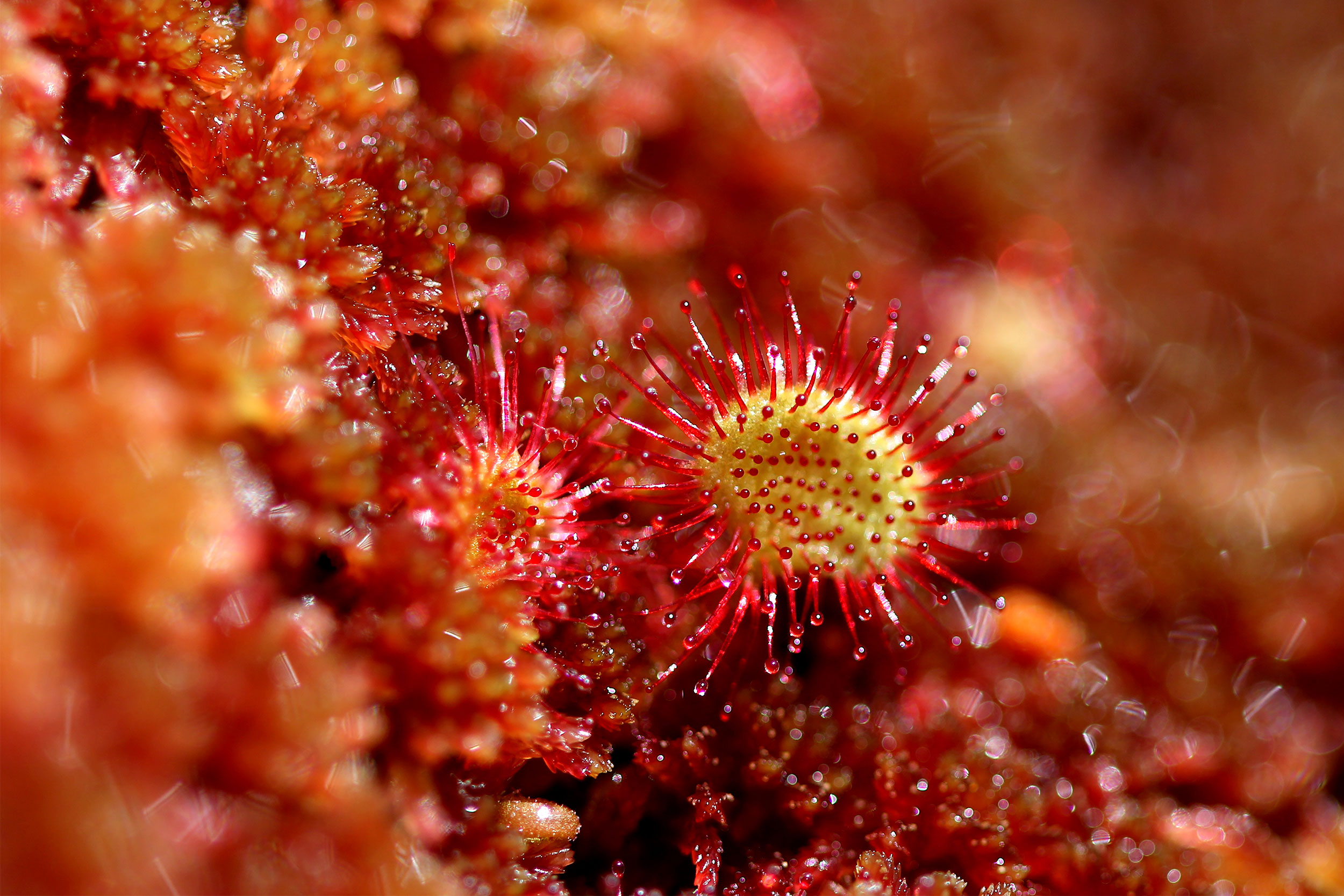
Sphagnum moss. Photo: Paul Turner (rspb-images.com)
Birds
Curlew, Golden Plover, Dunlin, Greenshank and Hen Harrier represent just some of the area’s avian richness, as well as Red– and Black-throated Divers and Common Scoter.
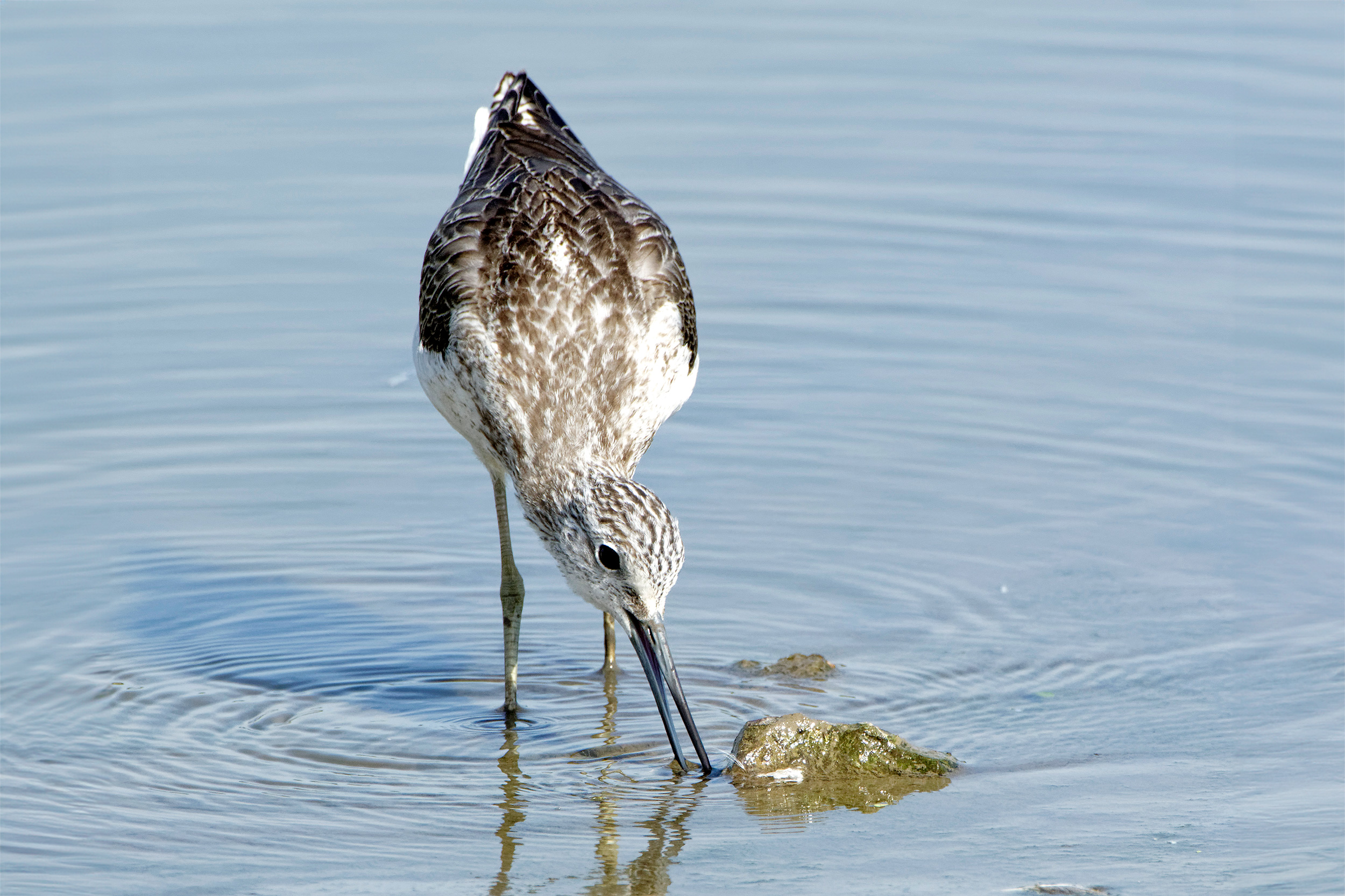
Greenshank. Photo: Nick Upton (rspb-images.com)
Lizards and insects
Lizards, dragonflies and damselflies can be seen sunning themselves along Forsinard’s boardwalks.
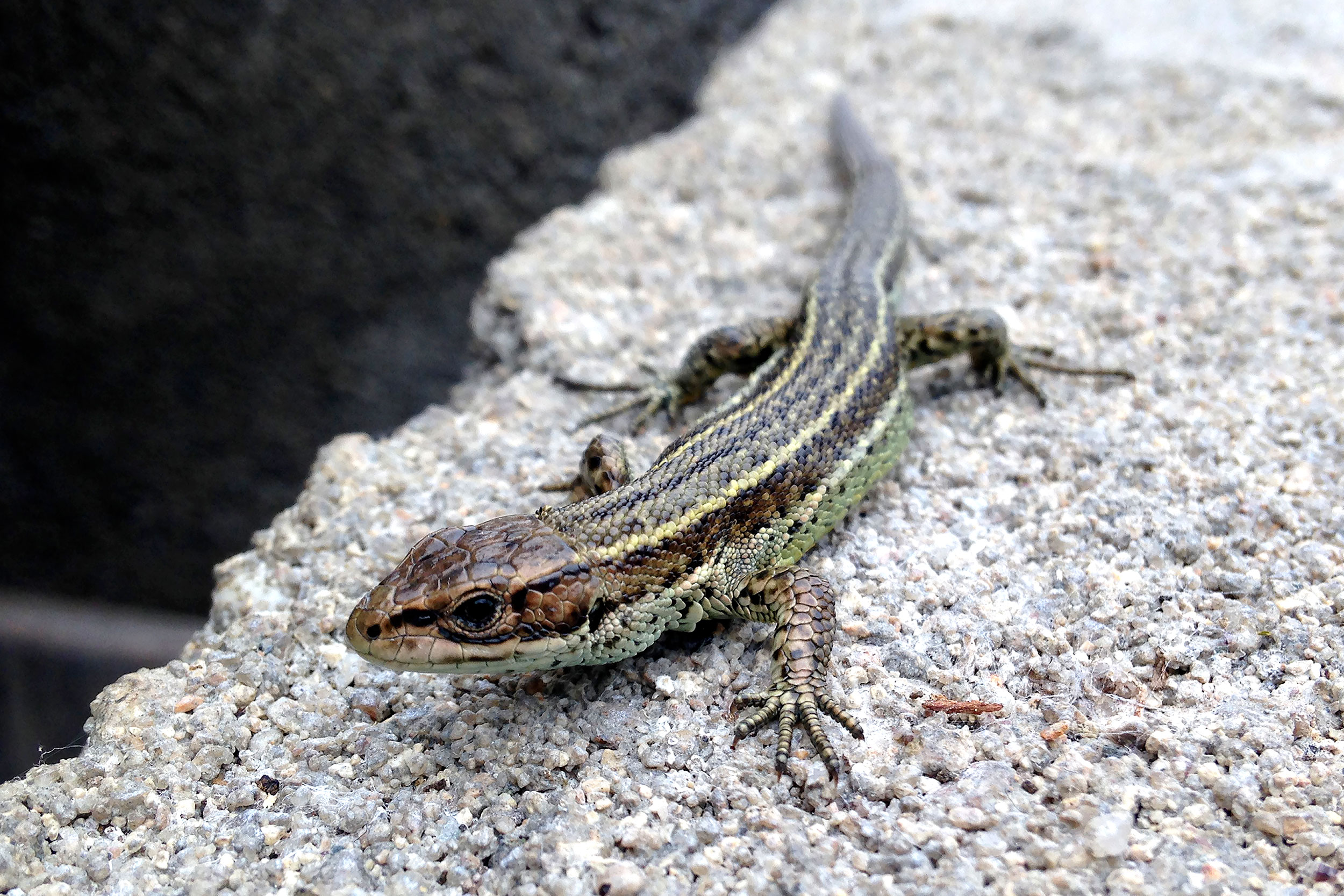
Common Lizard. Photo: Paul Turner (rspb-images.com)
You might also like
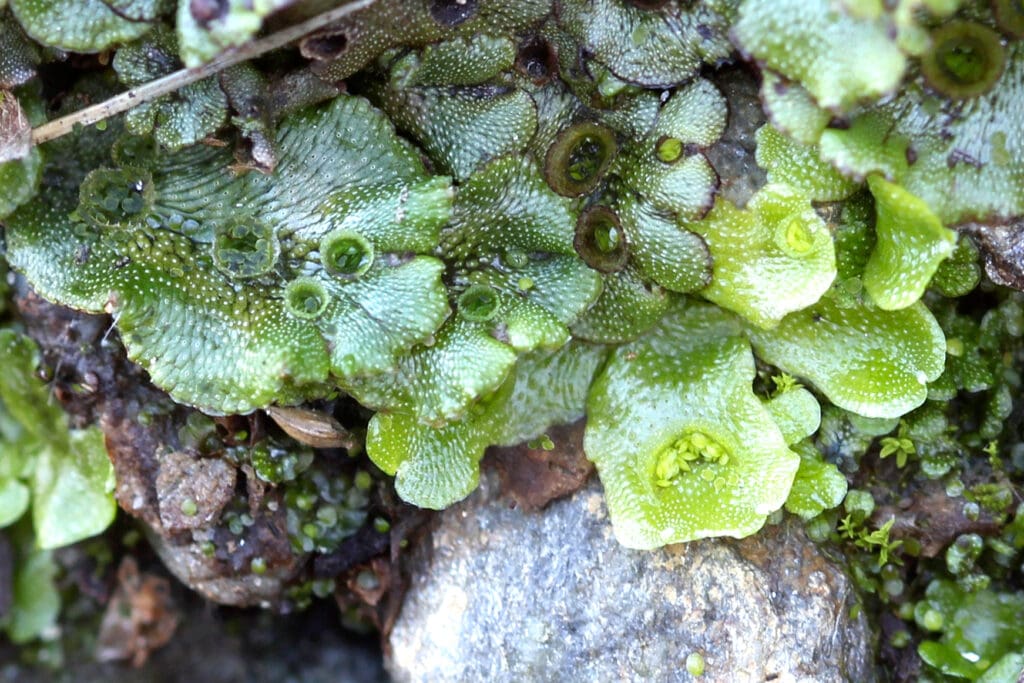
Liverworts
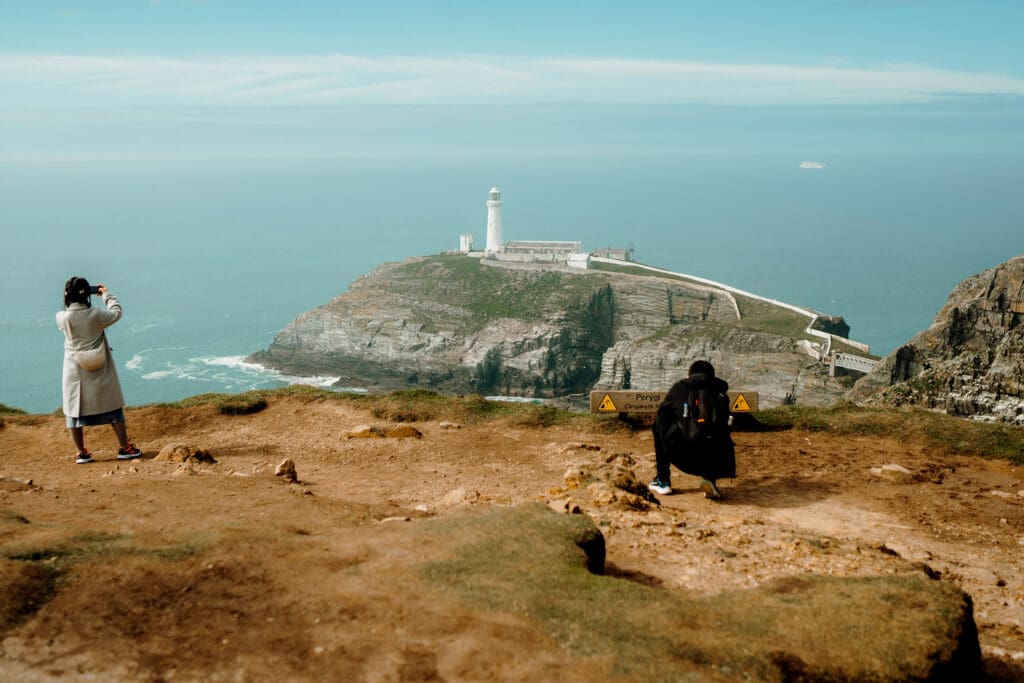
3 nature reserves to explore this spring/summer


